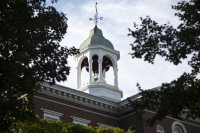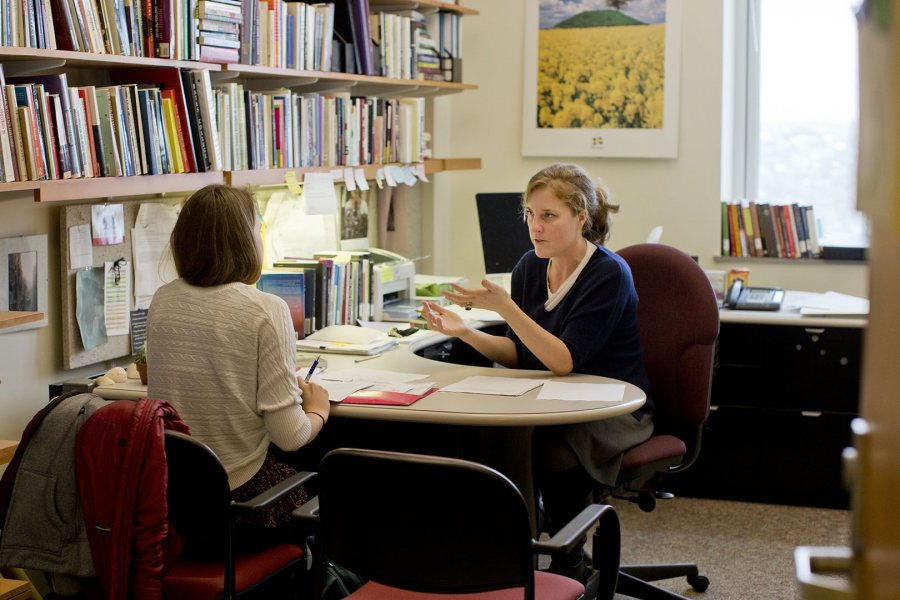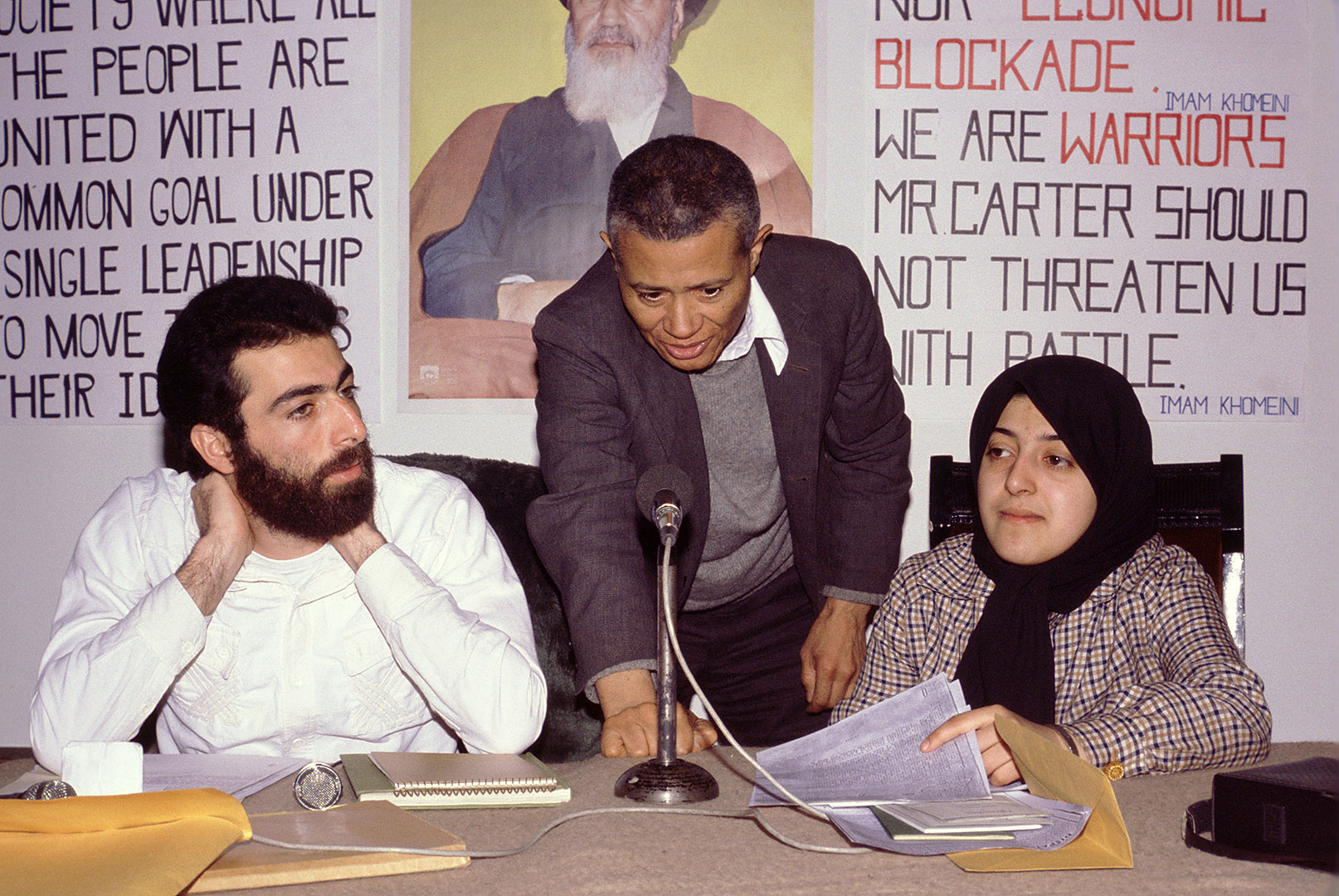
Community of voices resonate in new Bates mission statement
Hundreds of people took part in crafting the new mission statement that Bates adopted in May.
And Benjamin Mays ’20 was one of them. When the statement declares that Bates has always “been dedicated to the emancipating potential of the liberal arts,” it’s a tribute to the great civil rights leader and educator. Mays wrote in his autobiography that Bates “did not ‘emancipate’ me; it did the far greater service of making it possible for me to emancipate myself.”
The mission statement was produced in conjunction with the College’s process of reaccreditation. While not every contributor owns a word in the final language, its creation was an open, overtly collaborative five-month effort that drew hundreds of suggestions and comments from the College community.
The result, in turn, will tickle the Bates-sense of nearly any member of that community.
“We were trying to get at why difference matters.”
The mission statement, for instance, affirms that Bates people “engage the transformative power of our differences.” Students on the mission statement committee put forth the concept of “transformative” early on, says committee chair Rebecca Herzig, professor of women and gender studies. Alums later confirmed the rightness of that word as a Bates descriptor.

The Bates mission statement, says Rebecca Herzig, gets at “why difference matters.” (Phyllis Graber Jensen/Bates College)
In juxtaposing “transformative” and “differences,” Herzig continues, “we were trying to get at why difference matters. We realized that the transformative effect of the College happens most often when people bump up against people who are quite different from them.”
Ending the mission statement is a phrase that, in a sense, began the whole Bates enterprise: “Bates is a college for coming times.”
These words are adapted from founder and first president Oren Cheney’s pitch to Lewiston residents for the proposed school. He proposed establishing an institution for “coming time” — no “s.”
The mission statement committee “realized that people would think we just forgot the ‘s’” if they used Cheney’s exact text, Herzig explains. There was some concern, she adds, that the original reflected a denominational orientation.
“So we altered it slightly to evoke Cheney — but to also look more explicitly to the plurality of possible futures that lie ahead.” — DLH




